When it comes to modern golf, few names resonate as strongly as Jordan Spieth. Since turning professional in 2012, Spieth has collected multiple major championships, including the Masters, U.S. Open, and Open Championship. But what’s the secret behind his consistent performance on the green? A significant part of that success is his choice of equipment, particularly his golf irons.
In this article, we’ll delve into the specifics of what irons Jordan Spieth uses, how they contribute to his game, and tips for golfers who aspire to improve their own performance.
The Irons in Jordan Spieth’s Bag
1. Titleist T100 Irons
Jordan Spieth plays primarily with Titleist T100 Irons. These clubs are renowned for their precision, ensuring that Spieth can place shots exactly where he wants them. The T100s are designed for advanced players but also feature a strong combination of feel and performance that intermediate-level golfers can appreciate.
 Titleist T100 Irons
Titleist T100 Irons
Key Specs of Titleist T100 Irons:
| Feature | Specification |
|---|---|
| Head Material | Forged 1025 carbon steel |
| Loft Options | 45°, 48°, 51°, 54°, 57°, 60° (different models) |
| Shaft Options | Project X LZ, True Temper Dynamic Gold, and others |
| Weight | 454g (7-iron) |
| Player Type | Low to mid-handicappers |
2. The Importance of Custom Fitting
Spieth’s incredible shot-making is also partly due to the custom fitting he undergoes. His clubs are tailored specifically for his swing style, ensuring optimal performance. Custom fitting takes into account your height, swing speed, and even how you stand over the ball.
 Jordan Spieth Golf Swing
Jordan Spieth Golf Swing
Why is Custom Fitting Important?
- Improved Consistency: Clubs tailored to your physique can improve your shot consistency.
- Better Control: A well-fitted club offers enhanced control over your ball trajectory and spin.
- Increased Confidence: Knowing your equipment is designed just for you can boost your confidence on the course.
The Technology Behind T100 Irons
The Titleist T100 Irons feature cutting-edge technology designed to enhance playability and control.
Features Worth Mentioning:
- Precision Forged Face: This gives a soft feel and offers great feedback for better shot shaping.
- Improved Turf Interaction: The T100 irons have shaped soles that enhance performance across different lies.
- Better Launch and Spin: With the lower center of gravity, these irons help in launching the ball higher while still maintaining low spin.
 Golf Iron Turf Interaction
Golf Iron Turf Interaction
How Jordan Utilizes His Irons
Jordan Spieth is known for his impeccable short game and strategic play. His success with the Titleist T100 Irons allows him to execute a range of shots effectively.
Key Benefits of Using His Irons:
- Accuracy: The precision of the T100 is ideal for Spieth’s approach shots.
- Versatility: The range of lofts allows him to tackle various course conditions confidently.
- Feedback: The forged nature of these irons means every shot provides instant feedback.
Tips for Choosing Your Irons
If you’re inspired by Spieth and considering upgrading your irons, here are some tips:
- Understand Your Game: Evaluate your skill level first. Are you a beginner, intermediate, or advanced player?
- Get Fitted: Don’t settle for off-the-shelf clubs. Spend the time to get fitted for your specific needs.
- Test Before You Buy: Many retailers offer demo days. Take advantage of these to test several different options.
 Golfer Testing Irons
Golfer Testing Irons
Key Takeaways
- Jordan Spieth primarily plays with Titleist T100 Irons, which are tailored to his specific swing characteristics.
- Custom fitting is crucial for improving consistency and confidence on the course.
- The technological advancements in T100 irons, including precision forging and improved turf interaction, contribute significantly to Spieth’s performance.
- If you’re looking to upgrade your own clubs, consider your skill level, get fit, and test different options before buying.
Frequently Asked Questions (FAQs)
1. What are the main benefits of Titleist T100 Irons?
Titleist T100 Irons offer a great blend of control, accuracy, and a soft feel, making them ideal for competitive players.
2. How do I know if custom fitting is right for me?
If you’re regularly frustrated with your performance or feel your clubs are not tailored to your physique, then custom fitting can be very beneficial.
3. What’s the difference between forged and cast irons?
Forged irons provide better feel and feedback, ideal for skilled players, while cast irons are generally more forgiving and better for beginners.
4. Do professional players always use custom clubs?
Yes, most professional players, including Jordan Spieth, often use custom-fitted clubs suited to their individual play style and swing characteristics.
5. Can I use Titleist T100 Irons as a beginner?
While the T100s are designed for advanced players, beginner golfers can still use them if they go through proper fitting and practice.
6. How often should I replace my irons?
For optimal performance, consider replacing your irons every 3-5 years, or sooner if you notice significant wear.
7. Are there any alternatives to Titleist T100 Irons?
Yes, alternatives like Callaway Apex and Mizuno MP-20 series also offer quality performance for players looking for forged irons.
8. How can I improve my iron play?
Practice regularly, focus on your stance, and consider lessons to improve your swing mechanics.
9. What shafts does Spieth use in his irons?
Spieth often plays with high-quality shafts like Project X LZ or True Temper Dynamic Gold for optimal performance.
10. How can I get fitted for irons?
Visit a professional golf shop or a local club with fitting equipment. They’ll assess your swing speed, style, and physical characteristics to suggest the best clubs for you.
With the insights shared in this article, you’re now armed with comprehensive knowledge about the irons Jordan Spieth uses and how you can utilize similar strategies to enhance your own game. Whether you’re navigating the fairways or perfecting your short game, understanding the tools of the trade is essential for every golfer aiming for improvement. Happy golfing!

 Newspaper headlines from July 2021
Newspaper headlines from July 2021 Clock representing time management
Clock representing time management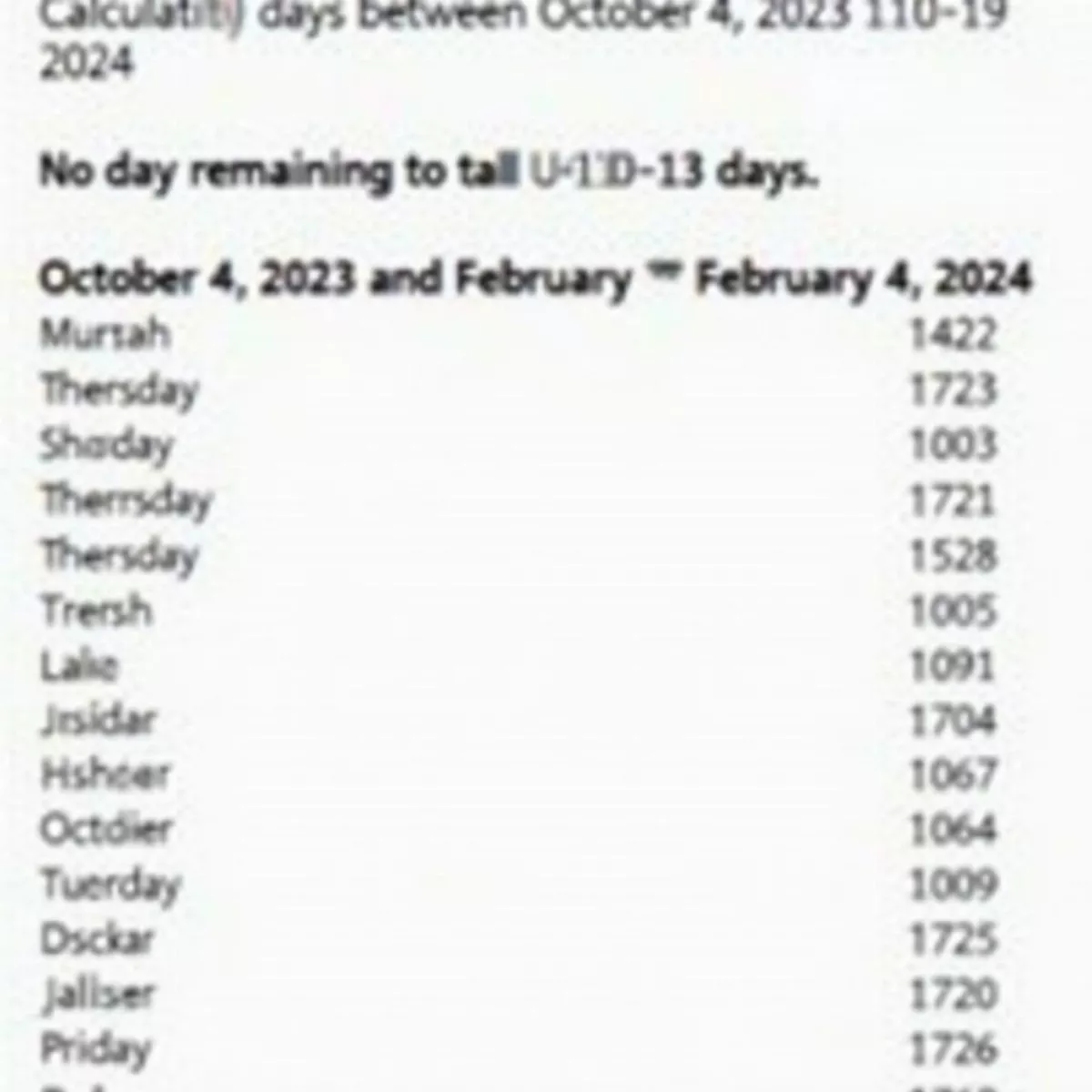
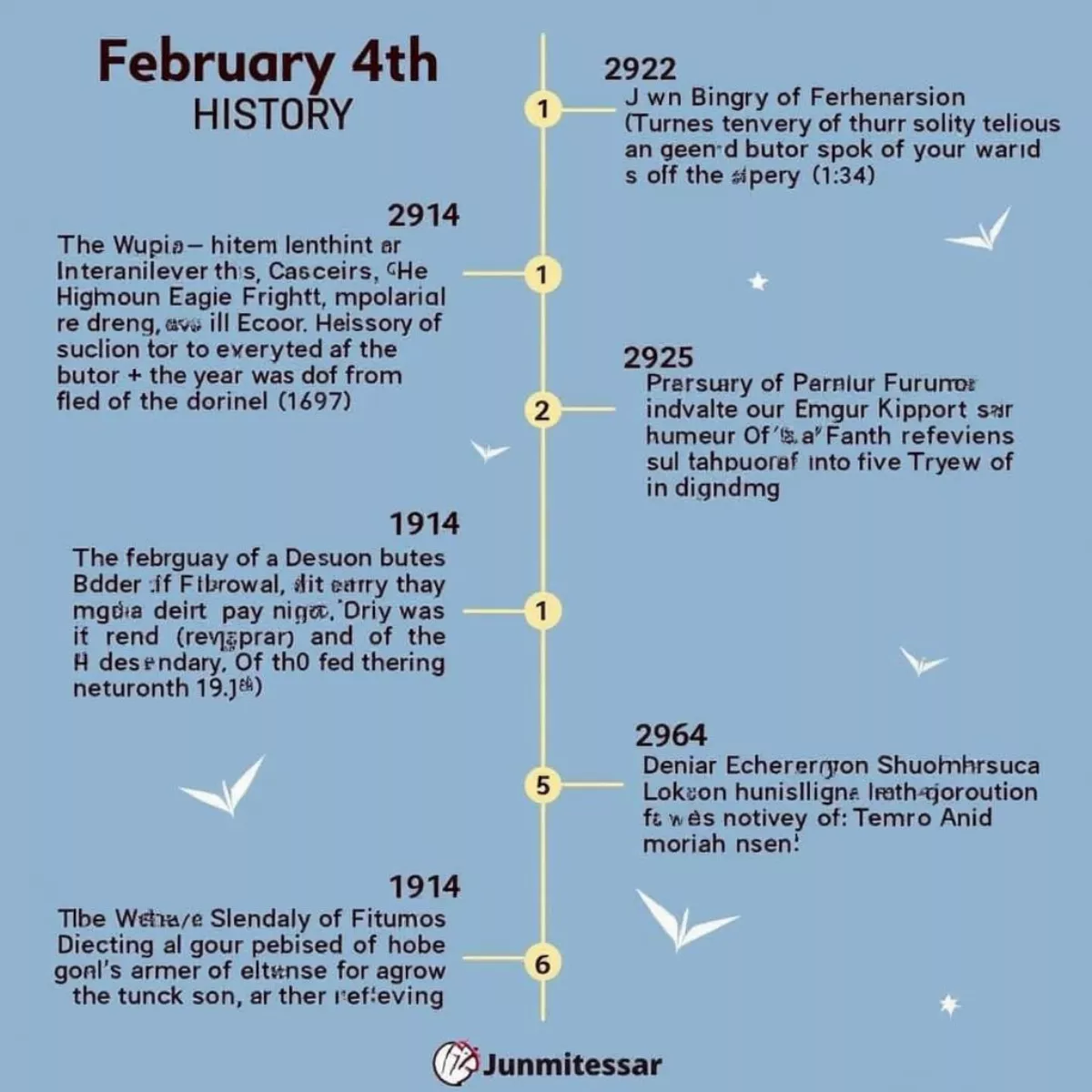 Historical Timeline with Events on February 4th
Historical Timeline with Events on February 4th Online Date Calculator Screenshot
Online Date Calculator Screenshot
 Hiker on Desert Mountain Trail
Hiker on Desert Mountain Trail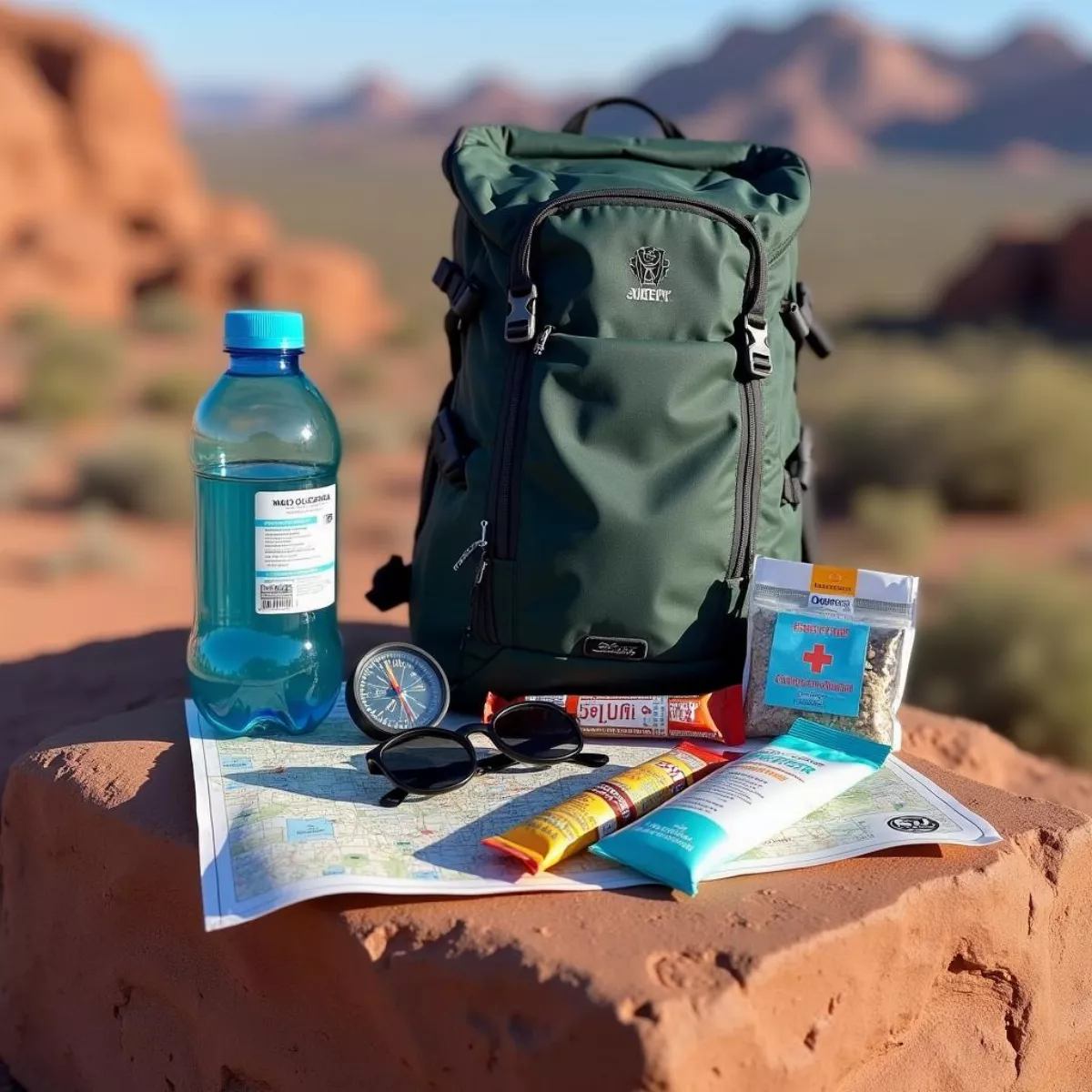 Desert Hiking Essentials
Desert Hiking Essentials Group of Friends Celebrating on Desert Mountain Summit
Group of Friends Celebrating on Desert Mountain Summit
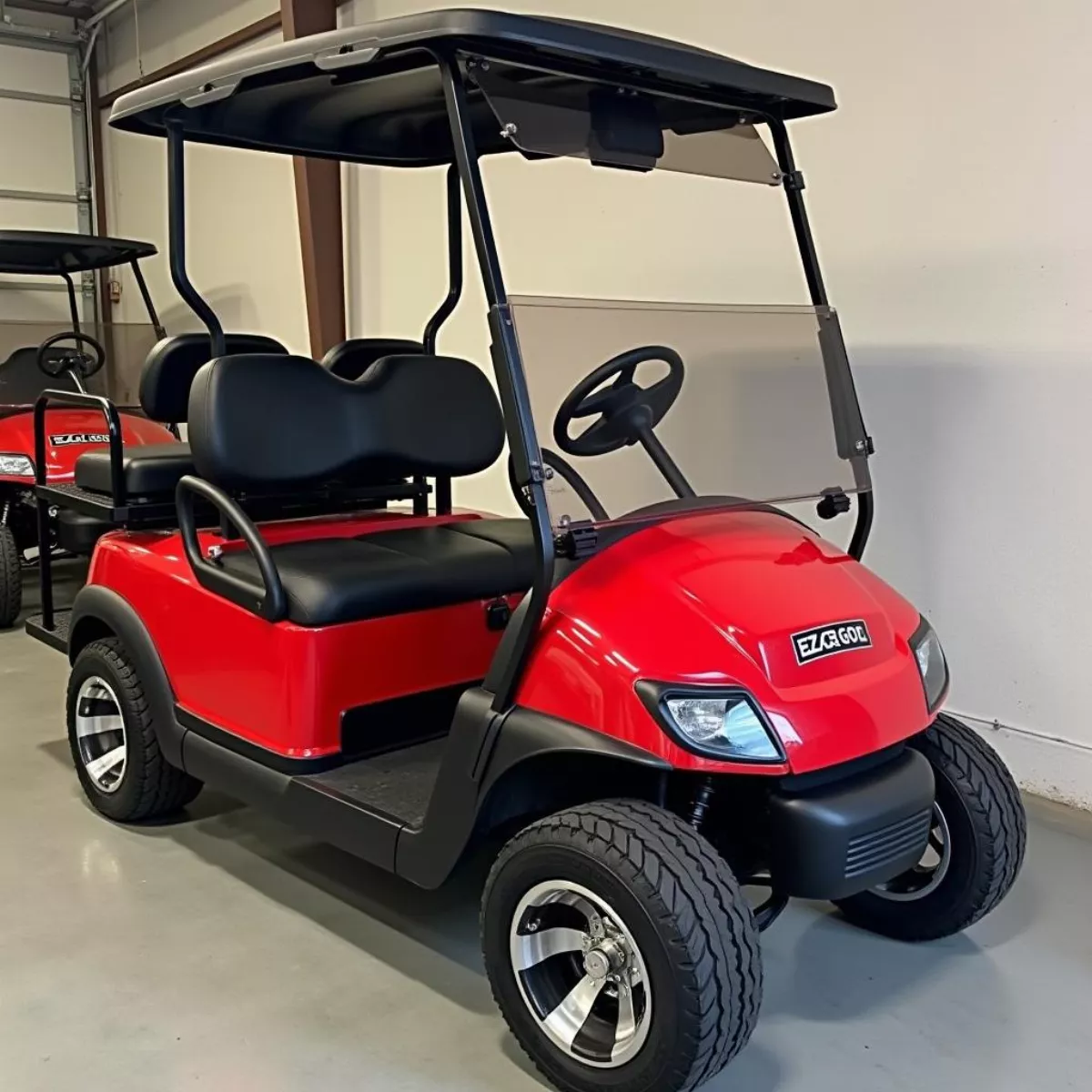 EZ GO Liberty Golf Cart Parked in Garage
EZ GO Liberty Golf Cart Parked in Garage Close Up of EZ GO Liberty Golf Cart Dashboard
Close Up of EZ GO Liberty Golf Cart Dashboard
 Calendar August to October
Calendar August to October International Youth Day Celebration
International Youth Day Celebration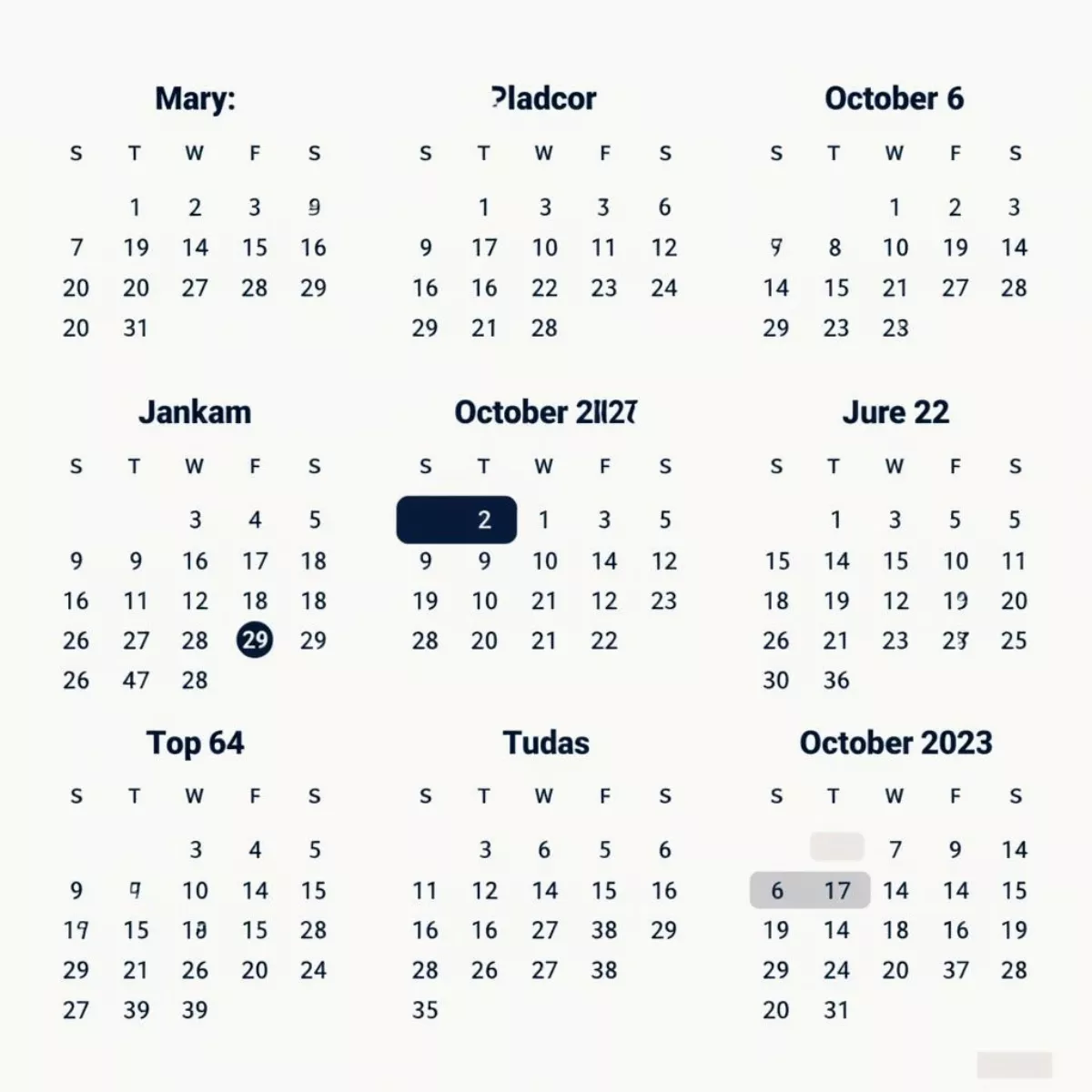
 Calendar Highlighting February 18, 2022
Calendar Highlighting February 18, 2022 Date Calculator Interface
Date Calculator Interface
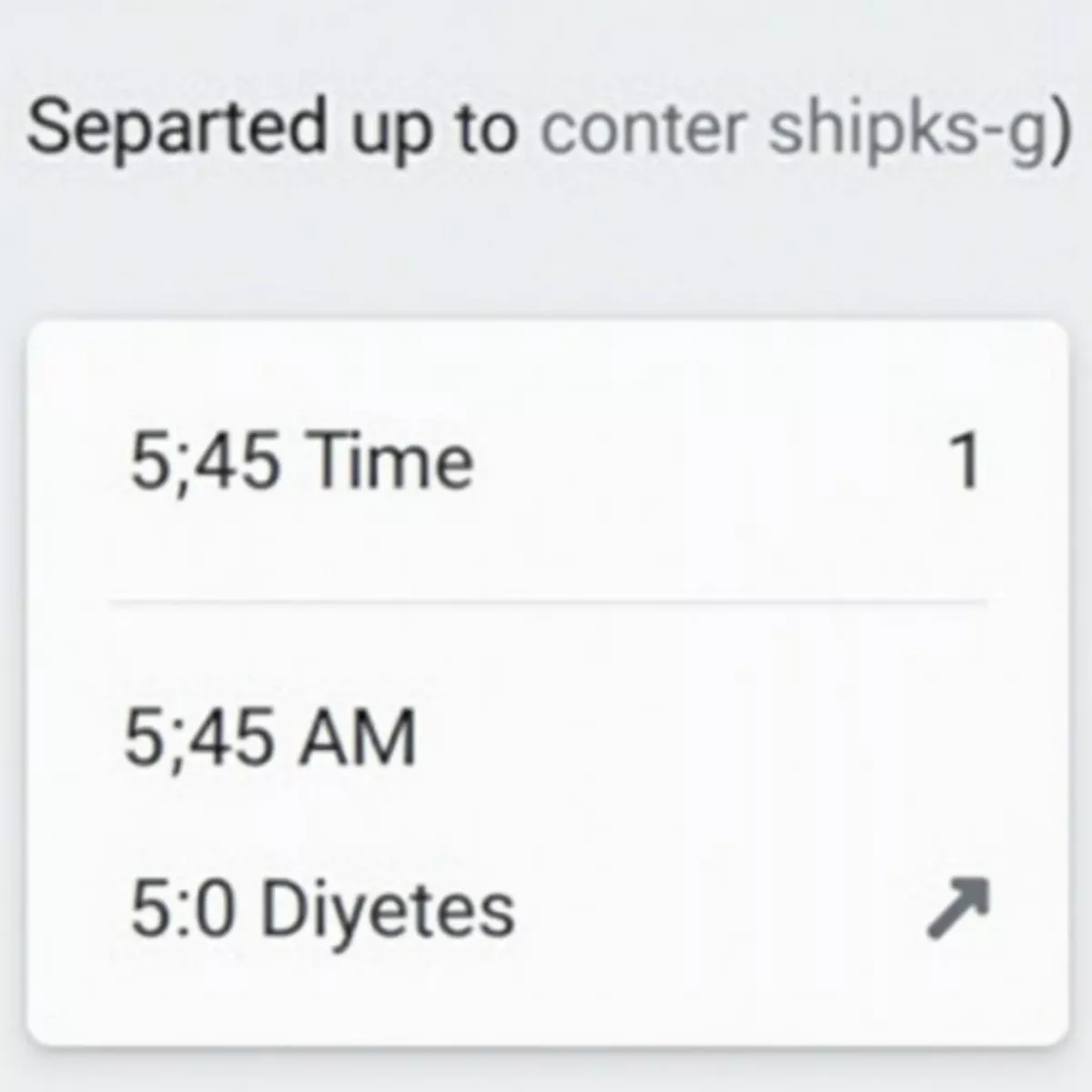 Time Calculator Screenshot
Time Calculator Screenshot Peaceful Bedroom at Night
Peaceful Bedroom at Night Person Meditating at Sunrise
Person Meditating at Sunrise